by Amy Edwards
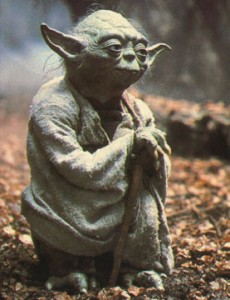 Ballroom dancing is experiencing a renaissance, thanks in part to shows like Dancing with the Stars and So You Think You Can Dance.
Ballroom dancing is experiencing a renaissance, thanks in part to shows like Dancing with the Stars and So You Think You Can Dance.
A style that supposedly went out with your grandmother’s shoes is suddenly back, with some modern upgrades.
On the hit reality show, Dancing with the Stars, you can watch celebrity contestants go from absolute beginner to advanced competitor over the course of a few months.
They are helped along by superb instructors who seem to know an endless list of dance styles and transform their enthusiastic students right before our eyes.
What is this process of going from beginner to well-trained, even to Master?
Regardless of the Art, the process is the same. If you are a parent or an teacher, one of your Arts is education.
Where are you in the process of becoming a Master of your Art?
There are many well-trained dancers and experts who are capable of teaching a variety of steps.
Master Dancers are rare.
They have a deep understanding of many different styles of dance.
They have studied various styles deeply enough to make connections between them, to recognize the fundamental principles that apply to all dance styles and also the small characteristics that make each dance style unique.
They relate to other areas of life, the world, history, and humanity as a whole through their Art, which is dance.
Are you a Master of Education? A Master Mentor?
What is a Master?
Leadership Education has existed throughout history, in many civilizations.
There are cultural differences, depending on where and when the civilization exists, but all types of Leadership Education teach students how to think, using mentors and classics and the other keys of great teaching.
The term Master comes from the Asian model of Leadership Education.
It is the goal of great education in many Asian civilizations.
It can be found in great works such as Sun Tzu’s The Art of War, Eugen Herrigel’s Zen and the Art of Archery and the writings of Confucius.
Masters strive to learn how to recognize those elements in the world that emanate beauty, have symmetry and synergy.
They are trained to feel and act.
They strive to find strength through balance.
A Master is more than well-trained and much more than an expert.
A Master has both a broad and deep understanding of his Art.
A Master understands how his Art connects to the world as a whole.
By mastering one Art, a Master becomes a Master in life in general.
Our Children Need Masters
We live in the information age. We have access to incredible amounts of information.
Our children do not need teachers who simply give information.
They definitely do not need teachers and textbooks that present information under the premise that their information is unquestionably correct and needs no further investigation.
Our children need teachers who will teach them how to think, how to sift through the multitudes of information available and recognize truth.
Our children need mentors who inspire them, guide them in the discovery of their own genius, in developing a love of learning, and in fulfilling the missions they were put on this earth to complete. What kind of Masters do our children need? Our children need Master Mentors.
There is a Master and an Art Inside Everyone
Michelangelo wrote, “Beauteous art, brought with us from heaven, will conquer nature; so divine a power belongs to him who strives with every nerve. If I was made for art, from childhood given a prey for burning beauty to devour, I blame the mistress I was born to serve.”
All of us bring an art from heaven.
Each of us was born for a reason.
Victor Frankl, a Jewish survivor of the holocaust, said, “Everyone has his own specific vocation or mission in life…Therein he cannot be replaced, nor can his life be repeated. Thus, everyone’s task is as unique as is his specific opportunity to implement it.”
Well-trained teachers often see the potential in a few, choice students.
They believe that it is their training that teaches the students.
Expert teachers typically see their role as passing along their training and expertise to the student.
In both cases, well-meaning teachers seek to impart their knowledge and skill to the student.
The student is a receptacle that needs to be filled.
Many parents have been convinced that this is the correct process of education. They doubt their own ability to educate their own children, because society has indoctrinated us to believe that an expert is required.
But for centuries, for longer than this has not been the case, parents have educated their own children quite successfully.
Master Mentors understand that every student has an art inside him or her, and has a Master who is meant to come out.
They understand that they are not really the teacher.
The Master within the student is the true teacher. They see their role as bringing the art or the Master to the surface.
“The instructor’s business is not to show the way itself, but to enable the pupil to get the feel of this way to the goal by adapting it to his individual peculiarities…the Master knows you and each of his pupils much better than we know ourselves. He reads in the souls of his pupils more than they care to admit.” (Herrigel)
Michelangelo believed that within each block of marble was an art form already contained.
Before beginning any sculpture, he studied the block of marble for days. He rose before dawn so that he could go outside and look at the block in the first rays of the day’s sunlight.
He believed that light would reveal the most about the block of marble.
He would be able to see the direction of the grade, the flaws, the air bubbles, and the natural inclination of the rock.
He then perceived his job as the sculptor to gently carve away all superfluous material so that the art inside could reveal itself.
That is the job of a Master Mentor.
It is not to hammer away at a rock to force it into a form designed by the teacher. It is to gently remove the blockages so that the art or genius within can reveal itself.
The Path to Becoming a Master Mentor
The path to becoming a Master Mentor is not short or easy.
In a world that rewards quick fixes, this long journey is often not a popular path.
In the wise words of Robert Frost, “Two roads diverged in a wood, and I took the one less traveled by, and that has made all the difference.” So the question really is, how far along the path are you willing to travel?
How far do you want your children to go along that path? If you are not willing to go before them, then who will lead them? On the path to becoming a Master, “…nobody can stay the course without conscientious guidance from a skilled teacher and without the help of a Master.” (Herrigel)
The steps to becoming a Master Mentor include: obtaining a great liberal arts education, learning your art, and joining a brotherhood.
Liberal Arts Education
“The Japanese pupil brings with him three things: good education, passionate love for his chosen art, and uncritical veneration of his teacher.” (Herrigel)
No matter an individual’s art or mission, the breadth and depth of a great liberal arts education is the foundation upon which future specialized education or training should be built.
Over thousands of years, the list of what exactly make up the liberal arts has changed, but surprisingly little. Plato’s list included: music, gymnastics (sports & health), arithmetic, geometry, and astronomy.
Although the specific areas of study have differed through the years, the general idea is that study in a wide variety of topics is needed.
However, it is not sufficient to study each of these topics or “subjects” as separate entities, but to study how they connect to one another, to the world, and to humanity throughout history.
A truly great liberal arts education is a synoptical study that teaches students to recognize patterns in history, in humanity, and to see connections between people throughout time and various cultures.
Students who want a Leadership Education will need more than well-trained teachers and experts. They will need Master Mentors, Master Mentors must have a great liberal arts education.
Throughout history, great inventors, statesmen, entrepreneurs, and masters have thrived only because of their liberal arts education, not because of their specialized training.
John Napier, who invented the Napier Rods and introduced the decimal point into mathematics actually studied Philosophy and Theology and claimed he did Mathematics when he needed to relax.
When Thomas Jefferson was composing the Declaration of Independence, he would play his violin whenever he encountered a mental roadblock in his writing.
Benjamin Franklin built a printing press and newspaper business from nothing, became so successful that he was able to retire at the age of forty-two. He wrote that he wanted to retire so that he had more leisure time in which to read and study.
While working hard at his business, he conducted numerous scientific experiments, studied original works in Latin, Hebrew and French, and wrote numerous political commentaries.
He spent the last thirty years of his life working, quite successfully, as a diplomat and statesman. He added his name to The Declaration of Independence just a few years before his death.
It is becoming more and more difficult for human beings to relate to one another.
We live in a world dominated by television, computers, the internet and email.
Our face to face interactions are decreasing.
Our children need Master Mentors who can help them make connections—connections with other people, connections across History, connections between different “subjects”.
They need Master Mentors who help them recognize the beauty in this world, find balance and gain strength through the peace that comes from being balanced.
When they are balanced and peaceful and can see what is beautiful around them, they will better understand their art or missions and be passionate about fulfilling them.
They will be strong through the challenges that will block them, because they will recognize how the ups and downs give their life balance.
It is through the study of liberal arts that the Master learns this knowledge and perfects these skills.
Learn Your Art
Once you have a solid foundation, get trained in your art. For parents and teachers that is the art of educating or mentoring.
Learn as much as you can about Leadership Education. Study and search within yourself to discover the qualities of a Master Mentor.
In dance, there is a term used, “muscle memory”.
All well-trained dancers must have the basics or fundamentals committed to muscle memory.
That means they don’t have to think about how to execute the basics.
They have been taught, they have practiced, been corrected by a teacher, and then practiced some more, until they do not have to think about the basics.
“Nothing more is required of the pupil, at first, than that he should conscientiously copy what the teacher shows him…Impassively
[the Master] looks on at the blundering efforts…and waits patiently for growth and ripeness. ..Far from wishing to waken the artist in the pupil prematurely, the teacher considers it his first task to make him a skilled artisan with sovereign control of his craft.” (Herrigel)The Master must learn his art and commit the rules to “muscle memory”, but this is just the beginning.
Once you have committed the basics of your art to “muscle memory”, you can relax and go even deeper.
Once you believe you have the basics down, learn them again.
In Martial Arts, there is a belt system as students move through the levels.
The first level is a white belt, and the highest level is black.
As the student wears and washes the black belt, it fades, back through the colors, eventually to a white belt.
This symbolizes how even a master must continually go back to the fundamentals.
It’s not that the master forgets the basics, but that the basics mean something new at a different point in his journey.
As your own journey progresses, as your children or students get older, move into different phases of learning, progress through their own journeys, the basics of Leadership Education, the fundamentals of great teaching, and the principles of true education take on whole new meanings.
Join a Fellowship
Well-trained teachers, like well-trained dancers, need group training. Experts need group training, and then specialized training as they go deeper into their specialty.
Master Mentors need more than group training and even more than a single mentor to guide them.
Masters need to join a brotherhood or fellowship of progressing mentors.
Master Mentors need a community of other Masters from whom they can draw strength and guidance.
This is not an exclusive group. There is no formal admission process.
As you journey on your path to mastering your art, as you become a “master craftsman” as C.S. Lewis describes, others on the path will naturally join you. Accept them, learn from them, mentor each other.
As your children and students work to discover and develop their art, they will need the support of others on the same path.
This is a difficult path for adults in our society, but it is especially difficult for youth.
This is “the road less traveled”, but it need not be traveled alone.
Masters are forever students themselves.
They need a community where they can continue to learn.
They also need to contribute to building community, teaching others who are not yet masters.
As Plato describes in his allegory of the cave, in The Republic, once we have moved into the light ourselves and can see clearly, we must return to the cave and help those who are still in the shadows.
You do not need to be a Master Mentor to start mentoring your own children or students.
You just need to be on the right path.
“You can be a Master even if every shot does not hit. The hits on the target are only the outward proof and confirmation of your self-abandonment or egolessness, or whatever you like to call this state. There are different grades of mastery, and only when you have made the last grade will you be sure of not missing the goal.” (Herrigel)
In time you will become a Master Mentor.
You will be the Master Mentor who can speak from the heart directly into the heart of the pupil. “Just as one uses a burning candle to light others with, so the teacher transfers the spirit of the right art from heart to heart, that it may be illuminated” Commit yourself to the path of becoming a Master Mentor.
Be the mentor who can set the minds of your children free, so that they can grow to be the leaders who fight for the freedom of us all.
The Butterfly Jar
by Jeff Moss
We had a jar with a butterfly.
We opened the lid and it flew to the sky.
And there are things inside my head
Waiting to be thought or said,
Dreams and jokes and wonderings are
Locked inside, like a butterfly jar.
But then, when you are here with me,
I can open the lid and set them free.





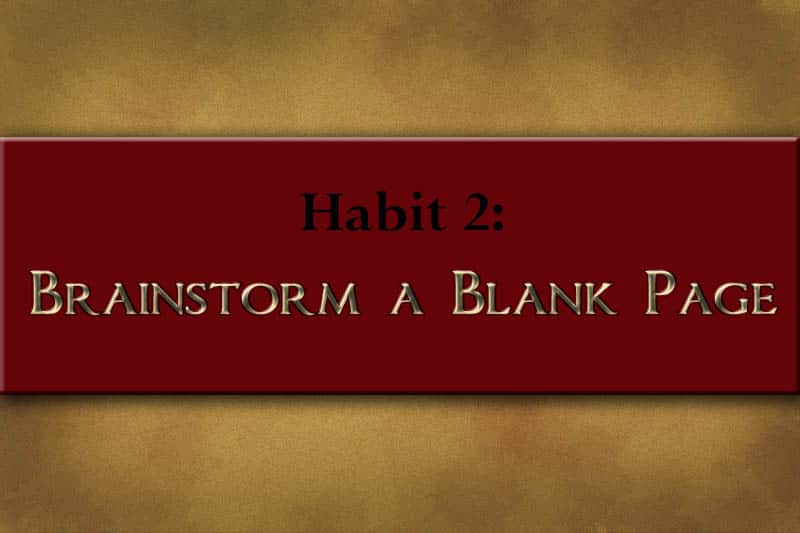
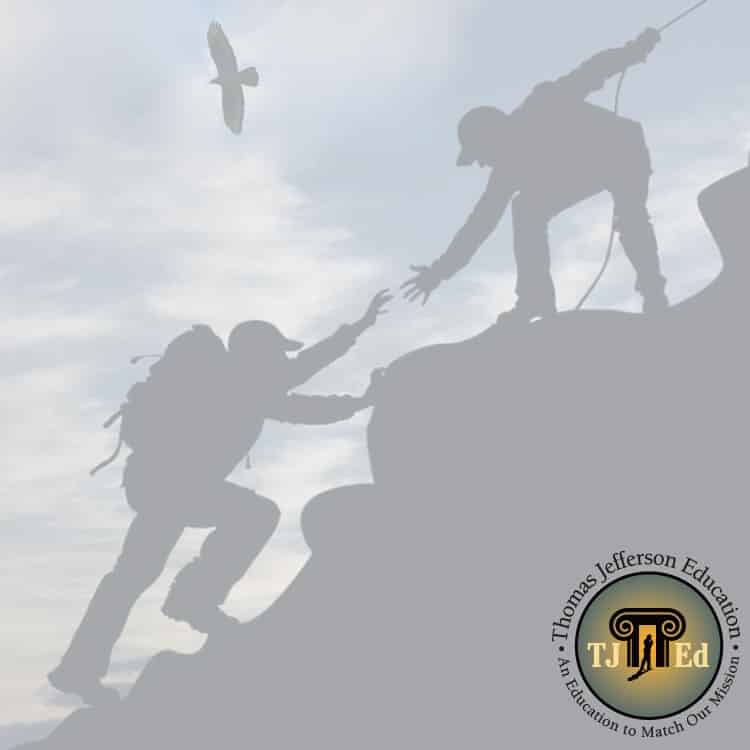
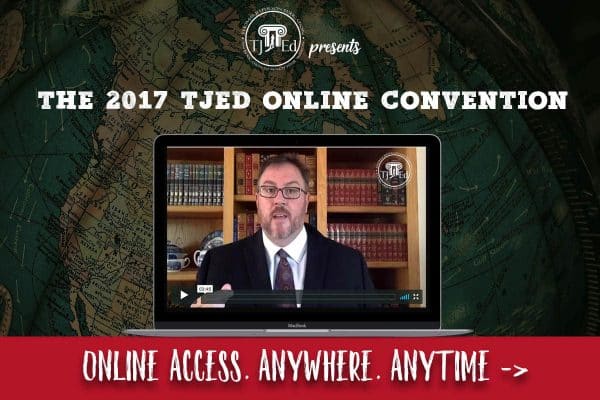

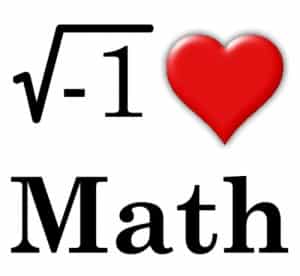


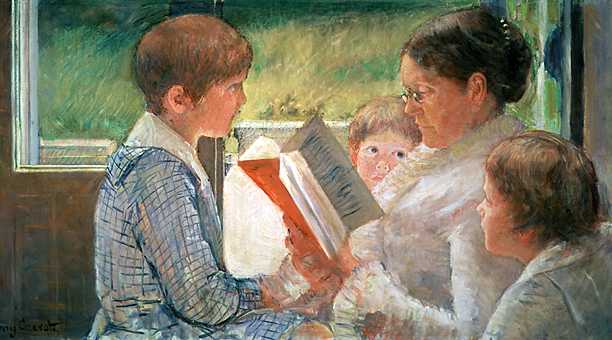

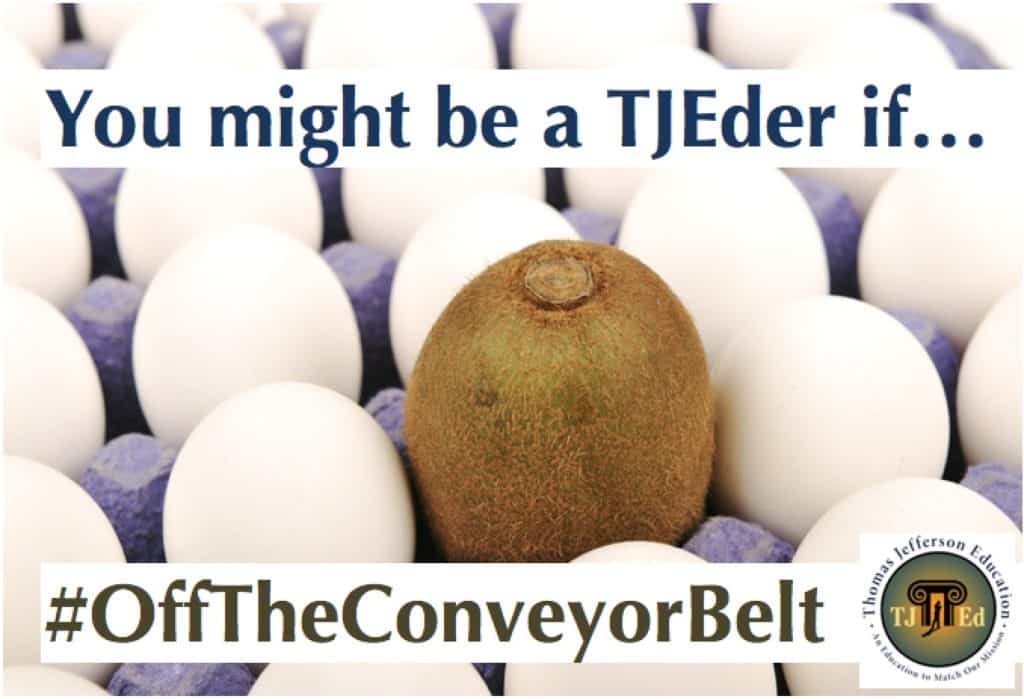


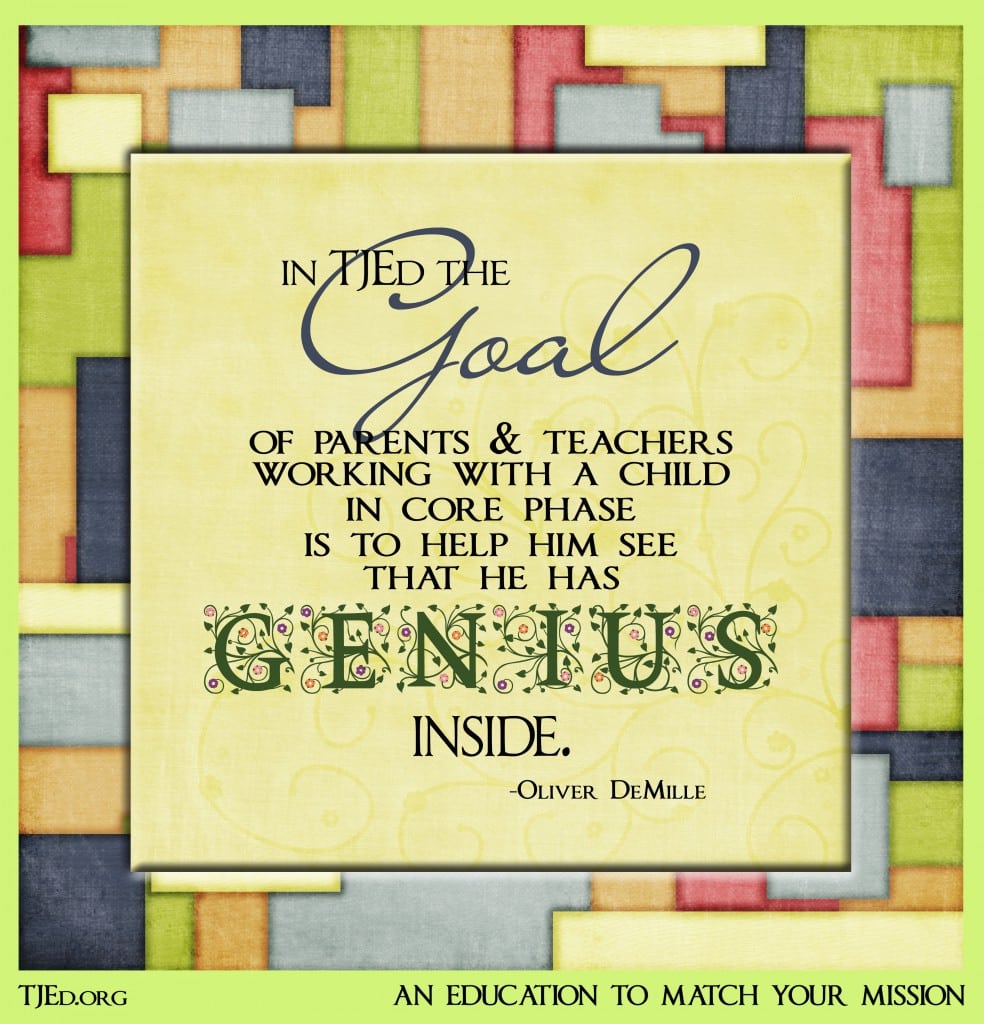



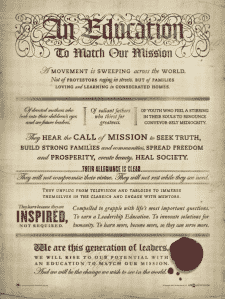



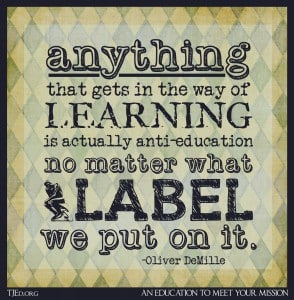
You have inspired me to give my all to learning to be a Master Mentor. I want so much to be able to “gently remove the blockages so that the art or genius within [my children] can reveal itself.” I am reading “The Student Whisperer” in an effort to learn those basics. I hope to get that “muscle memory” of the basics down so I can be the mentor my children need. Thank you for your thoughtful and insightful writing.
EXCELLENT article, Amy! There were so many reminders I needed to hear, I can’t name them all, but I am especially grateful for your mention of mentors needing a community of other mentors. It’s so true! Thanks for sharing these great ideas today! 🙂
~Rachel